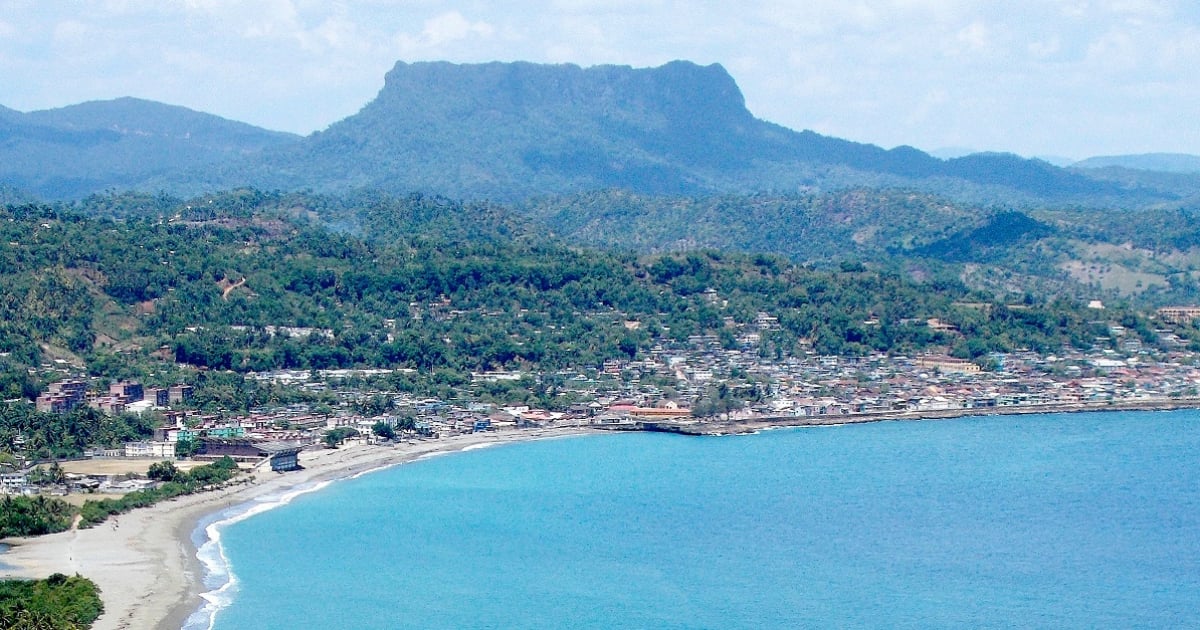A man in Baracoa, Guantánamo, has gained local and social media fame for having 24 fingers—six on each hand and foot. This unique characteristic sets him apart from the usual 20-finger norm and has made him a well-known figure.
His name is Yoandris Hernández Garrido, and his acquaintances describe him in a Facebook group named “Baracoesos” as an excellent person, friend, and neighbor, as well as an amateur musician. Affectionately nicknamed “24” because of his number of fingers, Yoandris seems unbothered by the moniker.
In just over 20 hours, the post has garnered nearly 200 comments, most of which praise “24” not only as a great person but also send him blessings. Years ago, Hernández explained to the state-run news portal CubaDebate that his life has been entirely normal despite having 24 fingers. He pointed out that no one else in his family shares his condition, and he has fathered three children, all born without genetic anomalies.
One of “24's” greatest passions is walking barefoot or in open-toed shoes to showcase his naturally given trait—six fingers on each hand and foot. This was highlighted by CubaDebate in their coverage of his story.
Several years ago, a Cuban family from Matanzas also gained attention for having fifteen members with polydactyly, a congenital anomaly that results in extra fingers and toes. Daysi Águila, her two children, and twelve other maternal relatives lived with this genetic quirk, leading normal lives in the town of San Pedro de Mayabón, 200 kilometers east of Havana.
In 2023, a four-year-old Cuban boy, who underwent leg amputation due to a congenital malformation, showed how happy he was with a prosthesis in his native Guantánamo. Víctor Ángel Rodríguez Lovaina, residing at 8 Sur No. 24, in the Isleta community, uses a prosthetic leg on the right side and receives treatment for a left foot malformation.
“The child was born with a severe condition called fibular hemimelia type 2, a rare congenital malformation. He lacked complete bones in his right leg,” explained Evis Navarro Pérez, a first-degree specialist in Orthopedics and Traumatology. “The left foot is a clubfoot, also associated with microdactyly (very small toes) and polydactyly, with an extra large toe hanging in the center of the foot,” Navarro added.
According to MedlinePlus, polydactyly is a condition where a person has more than five fingers on each hand or more than five toes on each foot. It can be inherited and involves a single gene that may cause various manifestations.
Frequently Asked Questions about Polydactyly and Congenital Malformations
Here are some common questions and answers regarding polydactyly and other congenital malformations, shedding light on these unique conditions.
What is polydactyly?
Polydactyly is a condition where a person has more than five fingers on each hand or more than five toes on each foot. It is a congenital anomaly that can be inherited.
Is polydactyly common in families?
Polydactyly can run in families and involves a single gene that can result in the condition. However, not all cases are inherited.
How does polydactyly affect a person's life?
Many individuals with polydactyly lead normal lives. The extra digits may sometimes be surgically removed if they cause issues, but many people experience no significant problems.
What is fibular hemimelia?
Fibular hemimelia is a rare congenital malformation where part or all of the fibular bone in the leg is missing. It can result in malformations of the lower limbs and may require surgical intervention or the use of prosthetics.
